隔离期后如何重启业务?听听14位CEO怎么说
我们将其称为“高管棉花糖测试”:新冠疫情期间,在恢复正常生产的诉求避无可避之前,一名商业领袖能够让其机构按照应急预案运转多长的时间?尽管全球新冠肺炎病例曲线正趋于平缓(然而避免其扩散所带来的经济痛楚已经超过了人们所能理解的范围),但提前重启商业的风险却依然大到难以让人接受。换句话说,在这个疫情后的重启聚会中,没有一个人愿意率先亮相。我们只需从历史中寻找答案。1918年,西班牙流感感染了全球三分之一的人口,其大多数死亡病例都源于“第二波”感染,当时,一战中军队的移动妨碍了各国通过取消家庭活动来规避该疾病的举措。因此,企业应如何在眼下这个时期重启业务?我们采访了不同行业《财富》美国500强企业的首席执行官,请他们分享自己对公司未来动向的看法。所有人都建议谨慎对待。很多高管都利用这段时间来专注于业务的基本面问题,少数人则在这个人类的生死存亡之际看到了一丝机会。如需了解详情,请阅读下文。
福特首席执行官韩恺特:循序渐进。
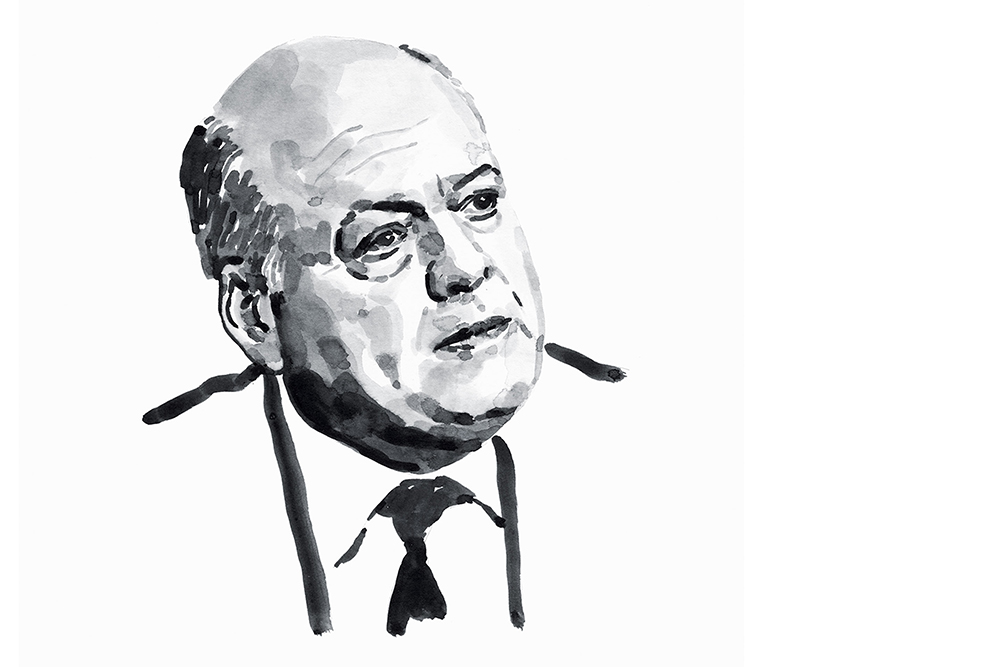
我们对当前形势的看法是,人们将看到一个V形的曲线。不过这一点倒是仁者见仁,因此我们在尽一切努力保护更多的工作岗位。我们降低了公司高管层的薪资。所有这一切的目的是让所有人回归工作。我认为我们将采取循序渐进的举措。公司的其中一个工厂拥有7000人,不可能让他们在一天之内都返回工厂,并高效地工作。因此我们必须分次让他们返工。我们需要让经济的运转以需求为导向。因此,我们对政府的人说,如果你们可以在疫情结束时制定一些鼓励政策,则会造福整个行业。——向苏希·加里布讲述
Gap首席执行官索尼娅·辛格尔:利用这段时间来重新思考未来。

当新冠疫情来临之时,我们发现公司的线上业务出现了显著提升。对于我们来说,这场危机存在的机会在于使用公司的全渠道能力来帮助店面团队迅速做好对公众开放的准备,以及按照在线需求来管理库存。与此同时,我们正在与店面业主进行积极的沟通。我们提出了一个战略要求:4月因为公共健康命令而关闭的店面将不支付租金。我们还使用这段时间来思考我们应该如何呈现公司的各个品牌。我们已经针对店面宣布了一系列安全举措。在这个新世界中,所有人都应该相互负责,而且公司也有义务提供一个安全的零售环境。政府的工作是宣传这一举措,并加以实施。销售趋势会是怎么样的?美国人衣着的休闲化和对运动装的专注在疫情期间不断升温。无论环境如何变化,孩子和婴儿则在继续成长。据我所知,人们天天早上都会穿衣服。这是一种需求。——向王波非讲述
来德爱(Rite Aid)首席执行官海沃德·唐尼根:接受新常态。
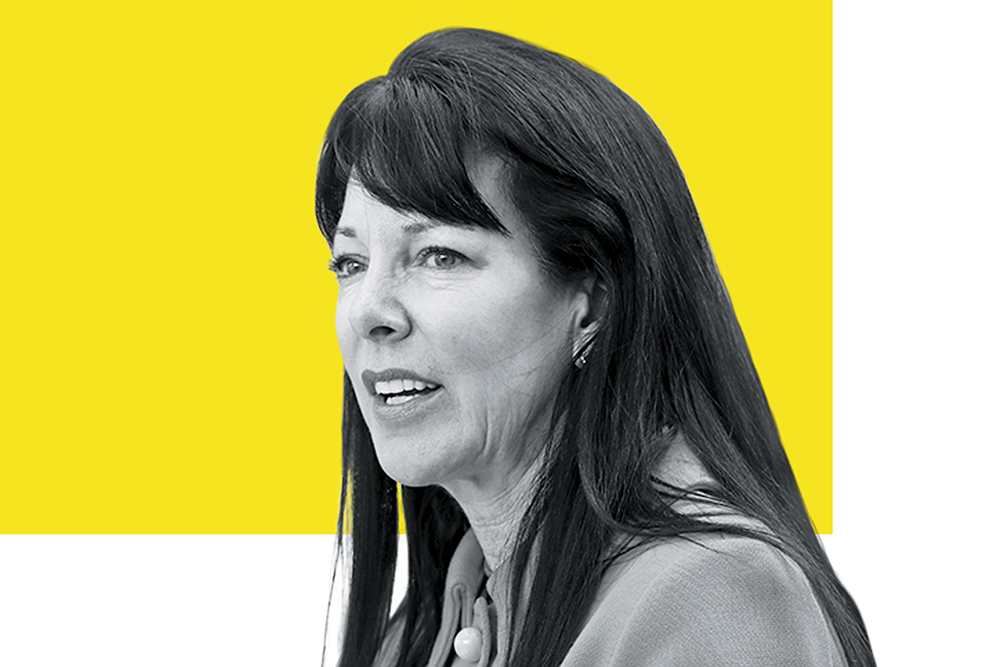
整个世界自2001年9月11号之后便再也没有常态可言,而且我们如今也无法回归以前的常态。我们将重新思考公司的供应链。我们不会允许自身再次出现手套、口罩或洗手液短缺的情况。我们将拥有广泛、多元化的免疫增强药品供应链,例如维生素D和维生素C。我们的市场份额也有所增加,通常,当你的市场份额增加之后,你就得想办法去维持这个份额。——向艾玛·辛奇利夫讲述
希尔顿全球集团首席执行官克里斯托弗·纳塞塔:警惕新一轮疫情的到来。
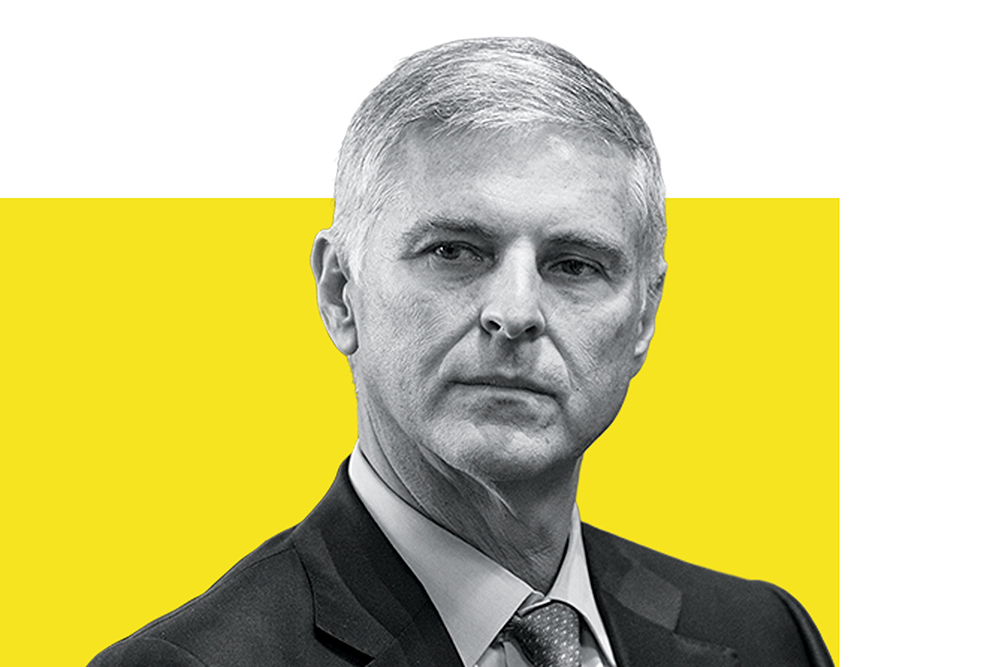
在我看来,人们渴望回归以往的常态,但却担忧病毒的继续扩散,这两者之间的冲突才是最大的障碍。消除这一障碍的最佳方式在于,通过提供稳健的测试和加强控制,让人们能够放心、安全地去四处走动。随着我们对易感人群认知的不断深化,我们需要尽一切努力来保护他们。——向雷·玛莎雅琪讲述
高通首席执行官史蒂夫·莫伦科普夫

我对公司适应新工作环境的速度感到震惊不已。部分原因在于我们已经配备了能够实现这种工作方式的设施。我认为,如果10年前[几乎所有人就能远程工作],那么这个行业将分崩离析。——向黎克腾讲述
杜克能源首席执行官琳恩·古德:记住自己的要务。
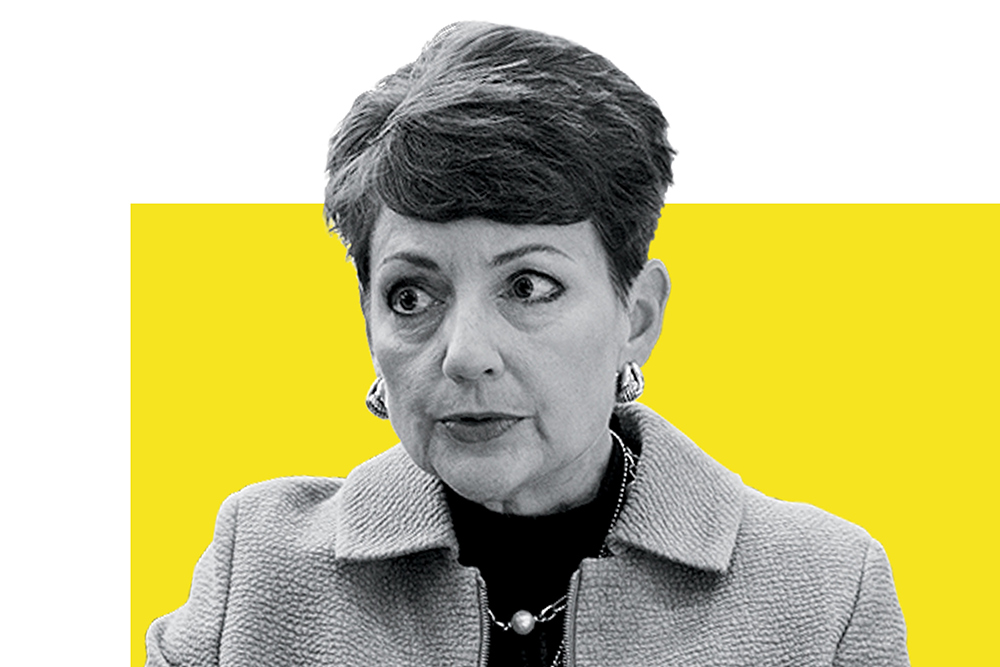
当人们身处这类危机之中时,他们会迅速明确自己的重点工作:照顾好你的客户和雇员。确保你能够为他们提供所需的重要服务。除此之外,思考一下更长远的局势和结果:例如财务业绩或政策变化。随着我们继续向前迈进,我们得应对更长远的经济影响。我们深知向投资者提供确定性的重要性。——向苏希·加里布讲述
金融服务公司Synchrony玛格丽特·基恩:跟着钱走。
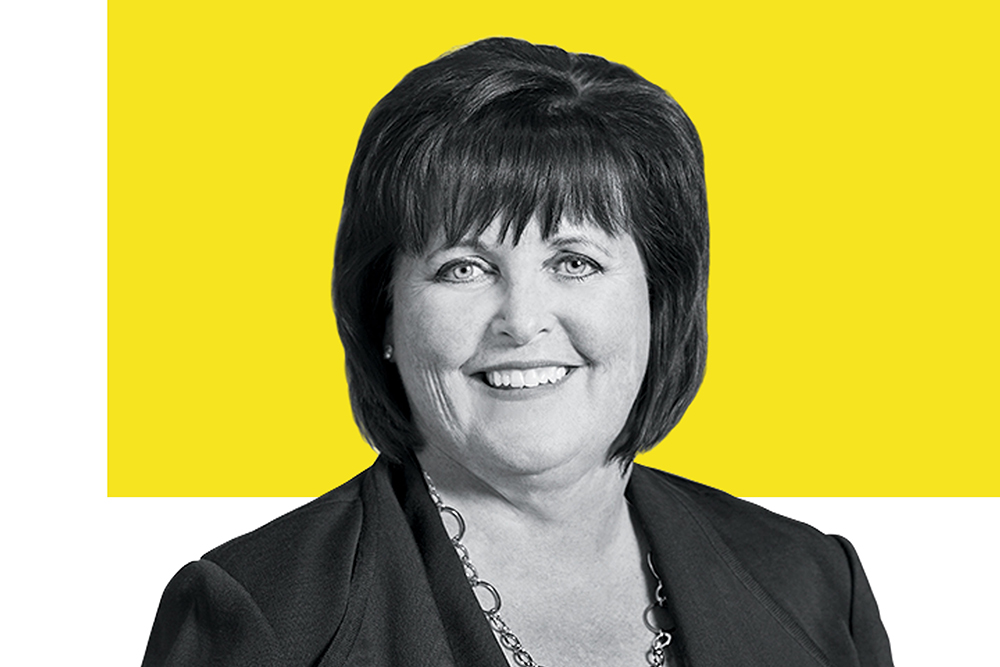
人们正在花钱。我认为真正的考验在于,失业会持续多长的时间?是否会出现反弹?令我感到担忧而且夜不能寐的是,大量的小企业都关门了。我的确认为我们得开始让企业重新营业,从而让人们回归工作岗位。对于我们来说,关键之处取决于人们拿到薪水、回归工作的快慢。——向苏希·加里布讲述
达美航空首席执行官艾德·巴斯蒂安:为更加崎岖的未来做好准备。
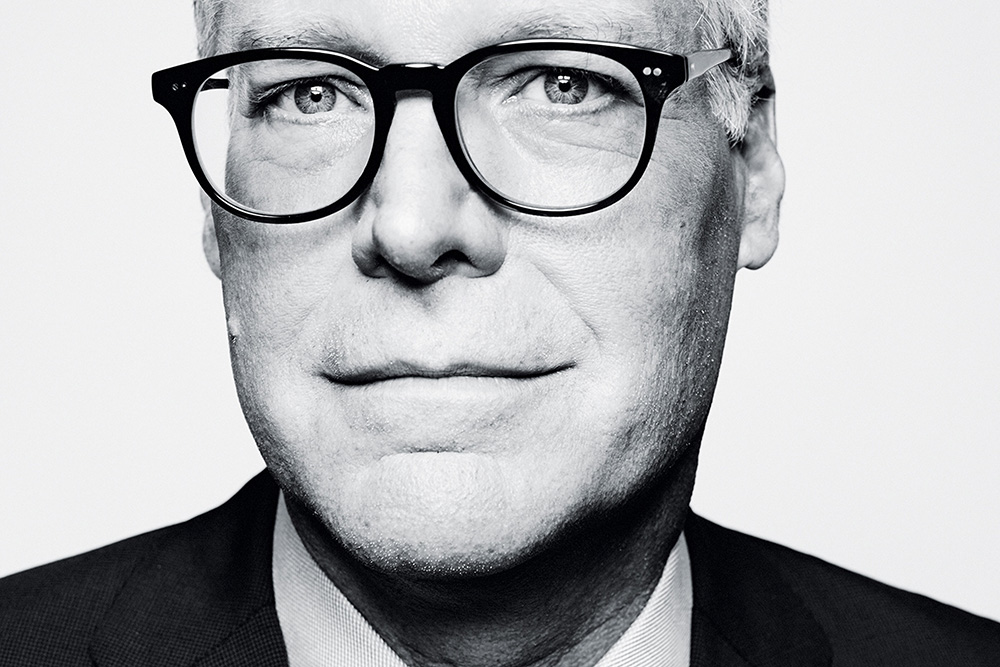
商业如今在最低谷徘徊,继续下探的幅度已经不大。这是个好消息。我们必须重塑旅行公众的信心,并向他们灌输一种信念:旅行是安全的。我们对整个客户体验进行了重新思考,实施了所有能够实施的社交疏离举措,并改变了整个登机流程,因为对于坐在前排的人士来说,有人从其身边经过是不安全的,因此我们让最后排的乘客先登机。我们还限制了载荷,如今主机舱的上座率不得超过60%,头等舱不得超过50%。我们还会进行消毒,我们的清洁得分如今飞速上涨。我们还利用这个机会重新思考了未来的业务模式。我们不一定就得回归昔日的辉煌。我们正在节约现金,以度过这个可能会持续两年的寒冬。我们会通过维持我们的财务灵活度和构建庞大的储备金来顺利度过这个难关。——向苏希·加里布讲述
百时美施贵宝公司首席执行官乔瓦尼·卡福里奥:说到就要做到,不要光说不做。
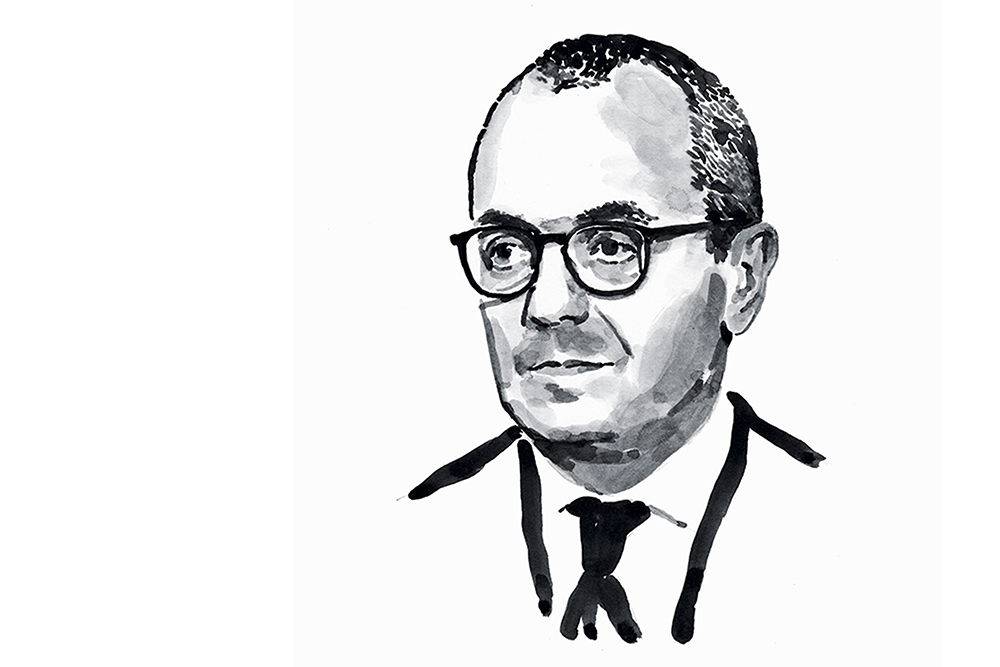
回归正常生活是一个循序渐进的过程。我们得摸着石头过河。我们可能会看到,重启社交和经济会导致感染病例的增加。我们已经教育我们的员工如何辨识新冠病毒感染后的迹象和症状,以便让员工汇报疑似症状。我们已经设立了一套机制,以便让相关员工能够得到检测。我们还有能力跟踪这名员工可能在工厂接触过的其他人,以便向那些接触过这名患者的人发出警告。这个策略非常成功,因为我们可以让需要到厂的员工能够安全、健康地工作。——向赛·穆克贺吉讲述
星巴克首席执行官凯文·约翰逊:利用到目前为止所学到的一切内容。
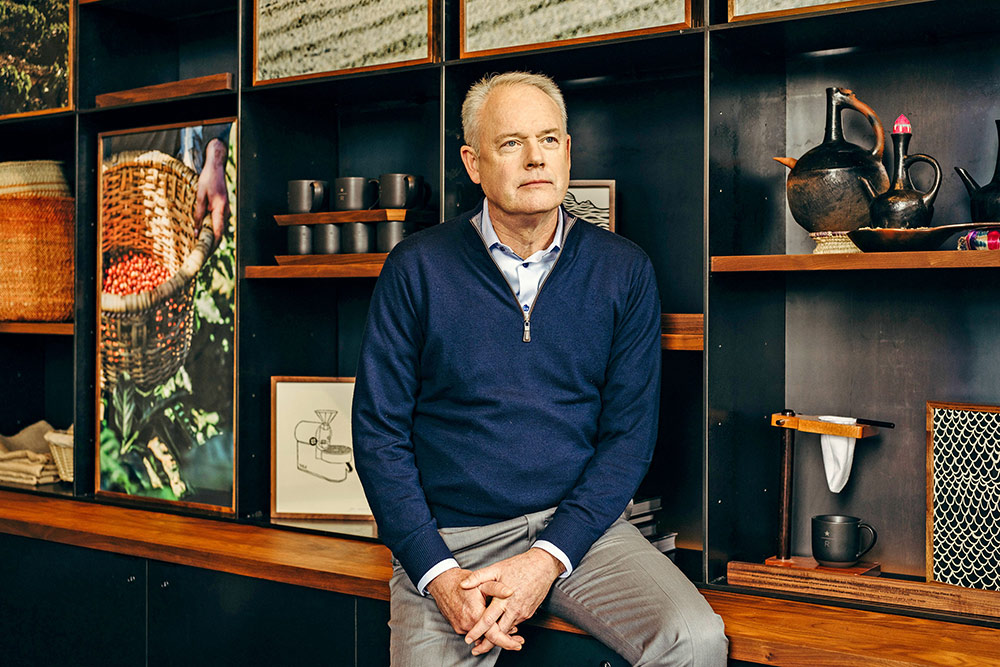
通过向公司的中国店面学习,我们在2月底就开始采取渐进的举措来控制病毒的传播。如今,公司的美国业务正在向“监控与适应”阶段转型。我们在重新经营时会遵循安全规范和改良后的模式。我们通过告诉客户站立的位置和限制店里客户的数量来践行社交隔离,同时为合作伙伴提供保护装备,面向可预见的未来维持升级后的消毒流程,并向客户推广低接触渠道。我们的应用将针对路边取餐、入口处递送、更好的汽车驶入取餐和Siri语音订餐进行优化。我们将提供更多的无现金体验,并预测我们的移动应用将成为主流支付形式。我们相信,这些影响只是暂时的,因为中国市场的持续恢复便是很好的例证。我们认为,我们采取的这些专注举措将有助于重塑公司美国业务的上扬态势。——向雷切尔·金讲述
科尔百货首席执行官米歇尔·嘉斯:努力给客户留下好印象……
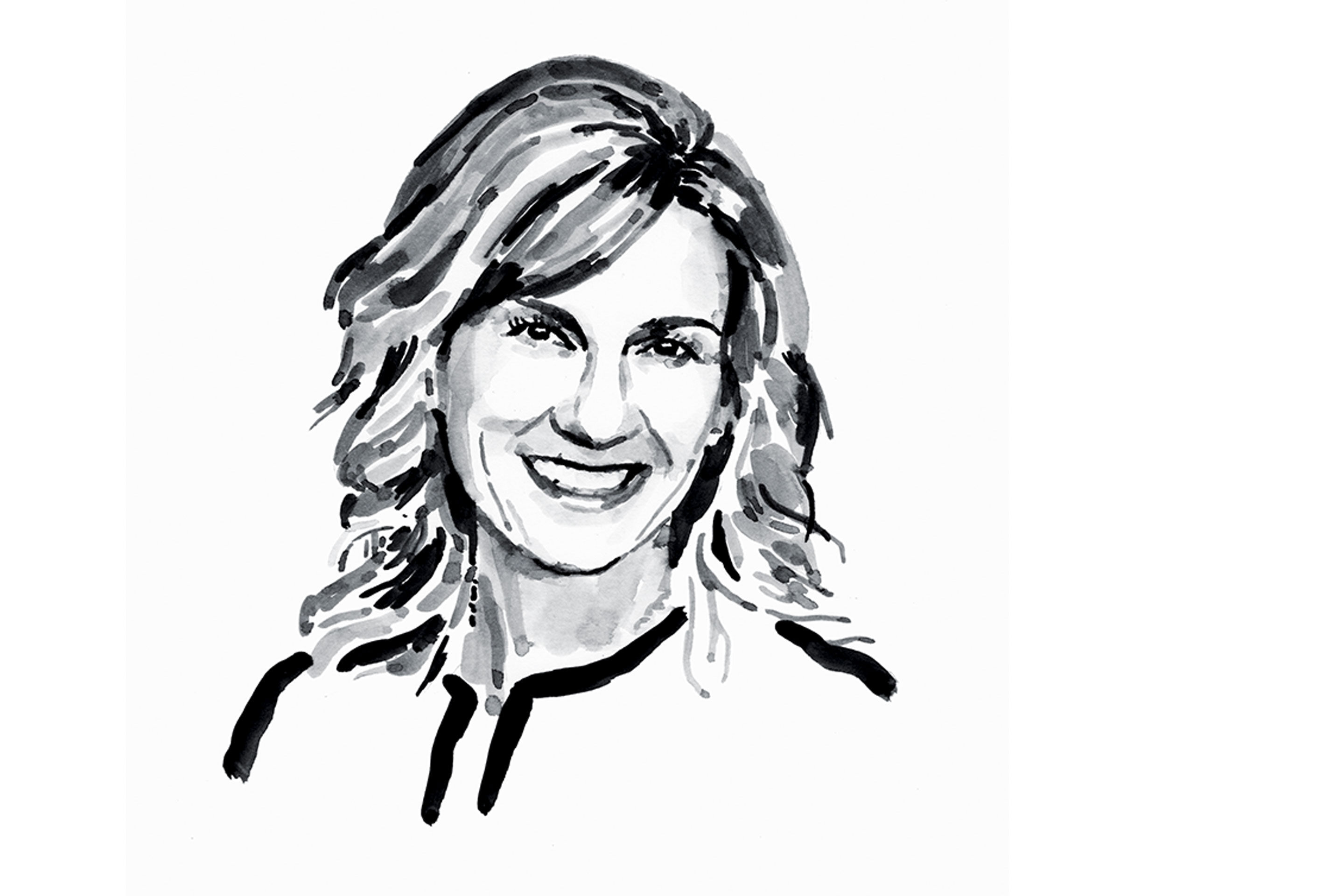
我们需要客户适应这个新常态。尽管店面处于关闭状态,但我们一直能够与其保持良好的关系。对于回归常态,我们深知客户已经做好了准备,而且感到十分兴奋。公司要做的头等大事就是欢迎他们回来,但没有人知道具体时间,而且也没有人经历过这类全球性的疫情。对于我们来说就是回归我们的核心准则。我们并不是大卖场。这里进出都很方便,有宽敞的店面,此前我们吸引了有着明确目的的客户(逛商店是为了购买特定的物品)。所有这一切充分体现了我们的实力。——向王波非讲述
富国银行首席执行官查尔斯·沙夫:……然而要量力而行。
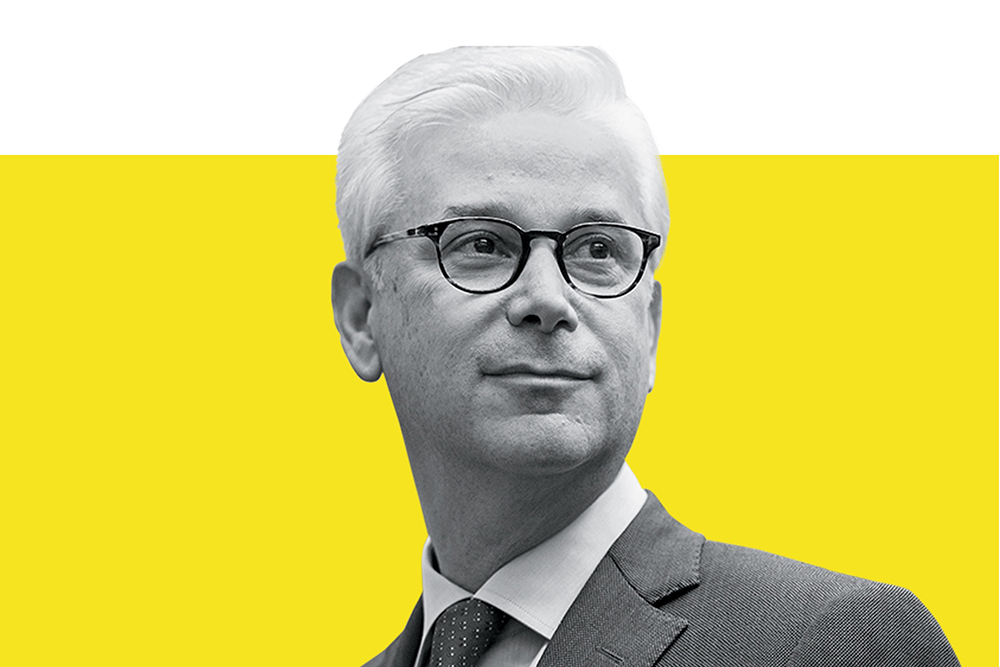
重启经济是件重要的事情,但在这一过程中应该采取一种能够保护公众健康的方式。我们应该提醒自己,疫情并未过去。我们看到的改善得益于我们为了控制病毒传播而采取的措施。如果我们在没有采取适当的控制措施之前便回归之前的生活,我们可能会看到疫情的反复。我深知在富国银行,尽管我们开始策划让员工逐步永久地返回办公室,但我们也将对整个过程进行周密的部署。——向雷·玛莎雅琪讲述
梅西百货首席执行官杰夫·根内特:发挥你的优势。
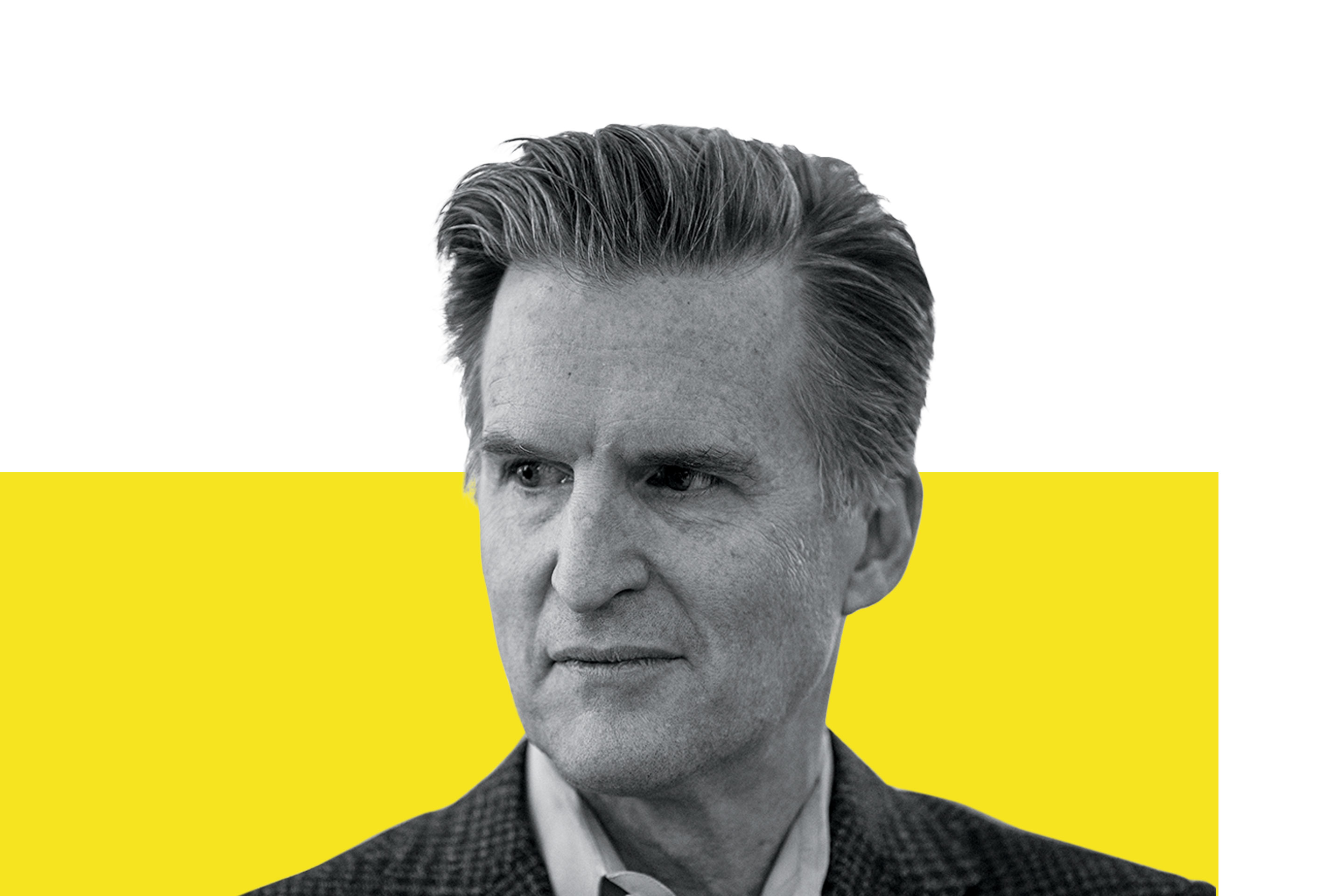
展望2020年和2021年,我们将削减我们的开支。不过可以肯定的是,我们将加大对数字业务的投入。尽管如此,实体店面依然会发挥重要的作用。当疫情过去之后,人们依然还是会去实体店。客户希望获得更好的体验和品牌。数字领域也存在同样的机遇。我们将变得更紧凑,而且我们也将提升公司的杠杆率。不过,我们找到了前进的道路。——向王波非讲述
思科首席执行官罗卓克
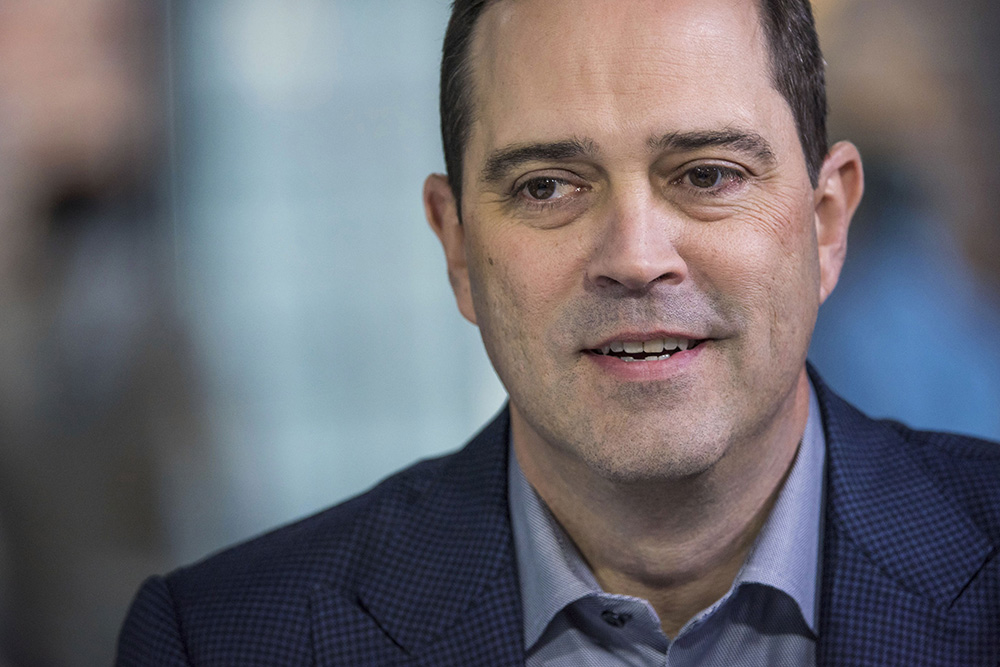
我的同事曾经说过:“如果你在1月告诉我,95%的员工将在家办公,而且公司的运营会像以前一样顺畅,我绝不会相信。”如今,我们意识到这是完全可能的,这种典范式的转变将被保留下来。——向黎克腾讲述(财富中文网)
本文另一版本登载于《财富》杂志2020年6/7月刊,标题为《如何重新营业》。
译者:Feb
我们将其称为“高管棉花糖测试”:新冠疫情期间,在恢复正常生产的诉求避无可避之前,一名商业领袖能够让其机构按照应急预案运转多长的时间?尽管全球新冠肺炎病例曲线正趋于平缓(然而避免其扩散所带来的经济痛楚已经超过了人们所能理解的范围),但提前重启商业的风险却依然大到难以让人接受。换句话说,在这个疫情后的重启聚会中,没有一个人愿意率先亮相。我们只需从历史中寻找答案。1918年,西班牙流感感染了全球三分之一的人口,其大多数死亡病例都源于“第二波”感染,当时,一战中军队的移动妨碍了各国通过取消家庭活动来规避该疾病的举措。因此,企业应如何在眼下这个时期重启业务?我们采访了不同行业《财富》美国500强企业的首席执行官,请他们分享自己对公司未来动向的看法。所有人都建议谨慎对待。很多高管都利用这段时间来专注于业务的基本面问题,少数人则在这个人类的生死存亡之际看到了一丝机会。如需了解详情,请阅读下文。
福特首席执行官韩恺特:循序渐进。
我们对当前形势的看法是,人们将看到一个V形的曲线。不过这一点倒是仁者见仁,因此我们在尽一切努力保护更多的工作岗位。我们降低了公司高管层的薪资。所有这一切的目的是让所有人回归工作。我认为我们将采取循序渐进的举措。公司的其中一个工厂拥有7000人,不可能让他们在一天之内都返回工厂,并高效地工作。因此我们必须分次让他们返工。我们需要让经济的运转以需求为导向。因此,我们对政府的人说,如果你们可以在疫情结束时制定一些鼓励政策,则会造福整个行业。——向苏希·加里布讲述
Gap首席执行官索尼娅·辛格尔:利用这段时间来重新思考未来。
当新冠疫情来临之时,我们发现公司的线上业务出现了显著提升。对于我们来说,这场危机存在的机会在于使用公司的全渠道能力来帮助店面团队迅速做好对公众开放的准备,以及按照在线需求来管理库存。与此同时,我们正在与店面业主进行积极的沟通。我们提出了一个战略要求:4月因为公共健康命令而关闭的店面将不支付租金。我们还使用这段时间来思考我们应该如何呈现公司的各个品牌。我们已经针对店面宣布了一系列安全举措。在这个新世界中,所有人都应该相互负责,而且公司也有义务提供一个安全的零售环境。政府的工作是宣传这一举措,并加以实施。销售趋势会是怎么样的?美国人衣着的休闲化和对运动装的专注在疫情期间不断升温。无论环境如何变化,孩子和婴儿则在继续成长。据我所知,人们天天早上都会穿衣服。这是一种需求。——向王波非讲述
来德爱(Rite Aid)首席执行官海沃德·唐尼根:接受新常态。
整个世界自2001年9月11号之后便再也没有常态可言,而且我们如今也无法回归以前的常态。我们将重新思考公司的供应链。我们不会允许自身再次出现手套、口罩或洗手液短缺的情况。我们将拥有广泛、多元化的免疫增强药品供应链,例如维生素D和维生素C。我们的市场份额也有所增加,通常,当你的市场份额增加之后,你就得想办法去维持这个份额。——向艾玛·辛奇利夫讲述
希尔顿全球集团首席执行官克里斯托弗·纳塞塔:警惕新一轮疫情的到来。
在我看来,人们渴望回归以往的常态,但却担忧病毒的继续扩散,这两者之间的冲突才是最大的障碍。消除这一障碍的最佳方式在于,通过提供稳健的测试和加强控制,让人们能够放心、安全地去四处走动。随着我们对易感人群认知的不断深化,我们需要尽一切努力来保护他们。——向雷·玛莎雅琪讲述
高通首席执行官史蒂夫·莫伦科普夫
我对公司适应新工作环境的速度感到震惊不已。部分原因在于我们已经配备了能够实现这种工作方式的设施。我认为,如果10年前[几乎所有人就能远程工作],那么这个行业将分崩离析。——向黎克腾讲述
杜克能源首席执行官琳恩·古德:记住自己的要务。
当人们身处这类危机之中时,他们会迅速明确自己的重点工作:照顾好你的客户和雇员。确保你能够为他们提供所需的重要服务。除此之外,思考一下更长远的局势和结果:例如财务业绩或政策变化。随着我们继续向前迈进,我们得应对更长远的经济影响。我们深知向投资者提供确定性的重要性。——向苏希·加里布讲述
金融服务公司Synchrony玛格丽特·基恩:跟着钱走。
人们正在花钱。我认为真正的考验在于,失业会持续多长的时间?是否会出现反弹?令我感到担忧而且夜不能寐的是,大量的小企业都关门了。我的确认为我们得开始让企业重新营业,从而让人们回归工作岗位。对于我们来说,关键之处取决于人们拿到薪水、回归工作的快慢。——向苏希·加里布讲述
达美航空首席执行官艾德·巴斯蒂安:为更加崎岖的未来做好准备。
商业如今在最低谷徘徊,继续下探的幅度已经不大。这是个好消息。我们必须重塑旅行公众的信心,并向他们灌输一种信念:旅行是安全的。我们对整个客户体验进行了重新思考,实施了所有能够实施的社交疏离举措,并改变了整个登机流程,因为对于坐在前排的人士来说,有人从其身边经过是不安全的,因此我们让最后排的乘客先登机。我们还限制了载荷,如今主机舱的上座率不得超过60%,头等舱不得超过50%。我们还会进行消毒,我们的清洁得分如今飞速上涨。我们还利用这个机会重新思考了未来的业务模式。我们不一定就得回归昔日的辉煌。我们正在节约现金,以度过这个可能会持续两年的寒冬。我们会通过维持我们的财务灵活度和构建庞大的储备金来顺利度过这个难关。——向苏希·加里布讲述
百时美施贵宝公司首席执行官乔瓦尼·卡福里奥:说到就要做到,不要光说不做。
回归正常生活是一个循序渐进的过程。我们得摸着石头过河。我们可能会看到,重启社交和经济会导致感染病例的增加。我们已经教育我们的员工如何辨识新冠病毒感染后的迹象和症状,以便让员工汇报疑似症状。我们已经设立了一套机制,以便让相关员工能够得到检测。我们还有能力跟踪这名员工可能在工厂接触过的其他人,以便向那些接触过这名患者的人发出警告。这个策略非常成功,因为我们可以让需要到厂的员工能够安全、健康地工作。——向赛·穆克贺吉讲述
星巴克首席执行官凯文·约翰逊:利用到目前为止所学到的一切内容。
通过向公司的中国店面学习,我们在2月底就开始采取渐进的举措来控制病毒的传播。如今,公司的美国业务正在向“监控与适应”阶段转型。我们在重新经营时会遵循安全规范和改良后的模式。我们通过告诉客户站立的位置和限制店里客户的数量来践行社交隔离,同时为合作伙伴提供保护装备,面向可预见的未来维持升级后的消毒流程,并向客户推广低接触渠道。我们的应用将针对路边取餐、入口处递送、更好的汽车驶入取餐和Siri语音订餐进行优化。我们将提供更多的无现金体验,并预测我们的移动应用将成为主流支付形式。我们相信,这些影响只是暂时的,因为中国市场的持续恢复便是很好的例证。我们认为,我们采取的这些专注举措将有助于重塑公司美国业务的上扬态势。——向雷切尔·金讲述
科尔百货首席执行官米歇尔·嘉斯:努力给客户留下好印象……
我们需要客户适应这个新常态。尽管店面处于关闭状态,但我们一直能够与其保持良好的关系。对于回归常态,我们深知客户已经做好了准备,而且感到十分兴奋。公司要做的头等大事就是欢迎他们回来,但没有人知道具体时间,而且也没有人经历过这类全球性的疫情。对于我们来说就是回归我们的核心准则。我们并不是大卖场。这里进出都很方便,有宽敞的店面,此前我们吸引了有着明确目的的客户(逛商店是为了购买特定的物品)。所有这一切充分体现了我们的实力。——向王波非讲述
富国银行首席执行官查尔斯·沙夫:……然而要量力而行。
重启经济是件重要的事情,但在这一过程中应该采取一种能够保护公众健康的方式。我们应该提醒自己,疫情并未过去。我们看到的改善得益于我们为了控制病毒传播而采取的措施。如果我们在没有采取适当的控制措施之前便回归之前的生活,我们可能会看到疫情的反复。我深知在富国银行,尽管我们开始策划让员工逐步永久地返回办公室,但我们也将对整个过程进行周密的部署。——向雷·玛莎雅琪讲述
梅西百货首席执行官杰夫·根内特:发挥你的优势。
展望2020年和2021年,我们将削减我们的开支。不过可以肯定的是,我们将加大对数字业务的投入。尽管如此,实体店面依然会发挥重要的作用。当疫情过去之后,人们依然还是会去实体店。客户希望获得更好的体验和品牌。数字领域也存在同样的机遇。我们将变得更紧凑,而且我们也将提升公司的杠杆率。不过,我们找到了前进的道路。——向王波非讲述
思科首席执行官罗卓克
我的同事曾经说过:“如果你在1月告诉我,95%的员工将在家办公,而且公司的运营会像以前一样顺畅,我绝不会相信。”如今,我们意识到这是完全可能的,这种典范式的转变将被保留下来。——向黎克腾讲述(财富中文网)
本文另一版本登载于《财富》杂志2020年6/7月刊,标题为《如何重新营业》。
译者:Feb
Call it a marshmallow test for executives: During the novel coronavirus pandemic, how long can a business leader keep his or her organization functioning under emergency protocols before the urge to resume normal operations becomes too great to ignore? Though the curve of global COVID-19 cases is flattening (and the economic pain of mitigating its spread beyond comprehension), the risks of prematurely reopening for business are too great to entertain. That is to say: No one wants to show up early to the post-pandemic party. We need only let history be our guide. Most deaths from the 1918 Spanish flu, which infected about a third of the world’s population, arose from a “second wave” of infections, when troop movements during World War I undermined nations’ efforts to mitigate the disease by shuttering activity at home. So how to reopen for business this time around? We asked 14 Fortune 500 CEOs in an array of industries to share how they’re thinking about next steps. All of them advocate caution. Many are using the moment to focus on fundamentals. And a few see a glimmer of opportunity at an otherwise dreadful moment for humanity. To learn more, read on.
Jim Hackett, CEO, Ford
Take it one step at a time.
Our mindset going into this was that we were going to see a V-shaped curve. That is up for intellectual debate, so we tried to protect as many jobs as we could. At the top of the company, we took pay reductions. The idea is to get everyone back to work. I suspect we’ll have a stepped approach. One of our factories has 7,000 people in it; they can’t all show up at the door one day and expect to be productive. So we have to turn it on in waves. We need the economy to respond from a demand perspective. So we’re talking to people in government and saying, If you could create some incentives at the end of this, that would be helpful to the whole industry. —As told to Susie Gharib
Sonia Syngal, CEO, Gap
Use this moment to rethink the future.
When covid-19 hit, we saw a meaningful acceleration in our online business. For us, the opportunity of this crisis is using our omnichannel capabilities to help store teams quickly prepare to open to the public as well as manage inventory against online demand. In the meantime, we are in active discussions with our landlords. It was a strategic call to not pay rent in April for stores closed by public health orders. We’re also using this as a moment to think about what we want our fleet to look like. We’ve announced a series of safety measures for our stores. In this new world, everybody has a responsibility to each other, and we have a responsibility to provide a safe retail environment. The government’s job is to advocate for that and to enable that. As for sales trends? The casualization of how Americans are dressing and the focus on activewear have accelerated in the COVID-19 crisis. And kids and babies continue to grow in any environment. Last time I checked, people put on clothes every morning. It’s a need. —As told to Phil Wahba
Heyward Donigan, CEO, Rite Aid
Accept the new normal.
The world never went back to normal after Sept. 11, 2001, and we won’t go back to the old normal now. We’re rethinking our supply chain. We are not going to allow ourselves to ever be in short supply of gloves, masks, or hand sanitizer. We will have a broad and diverse supply chain for immunity boosters, like vitamin D and vitamin C. We’ve picked up market share in grocery, too, and generally when you pick up market share, you keep it. —As told to Emma Hinchliffe
Christopher Nassetta, CEO, Hilton Worldwide
Be wary of a new wave.
The biggest obstacle I’m seeing is the tension between a desire to get back to our old routines and concern about the continued spread of the virus. The best way to address it is to build confidence that consumers can move about safely by offering robust testing and doubling down on containment. As we gain a greater understanding of those who are most vulnerable, we need to do everything we can to protect them. —As told to Rey Mashayekhi
Steve Mollenkopf, CEO, Qualcomm
It’s amazing how quickly our organization adapted to a new working environment. Part of it is that we had already been instrumented to be able to do something like that. I think if we had [nearly everyone working remotely] 10 years ago, the industry would have fallen apart.—As told to Clifton Leaf
Lynn Good, CEO, Duke Energy
Remember what’s important.
When you’re in the midst of a crisis like this, priorities become clear very quickly: Take care of your customers and employees. Make sure you provide essential services they need. Beyond that, think about scenarios and outcomes over the longer term: financial results, for example, or policy changes. As we go forward, we will respond to longer-term economic impacts. We understand the importance of delivering certainty to our investors. —As told to S.G.
Margaret Keane, Synchrony
Follow the money.
People are spending. I think the real test is going to be, How long are people going to be out of work? Do we see a bounce back? What worries me—what I lose sleep at night about—is that there are an enormous number of small businesses out there that are shut. I do think we have to start opening businesses up to get people back working. For us, the factor is really going to be how quickly people can get a paycheck and get back to work. —As told to S.G.
Ed Bastian, CEO, Delta Air Lines
Prepare for more turbulence.
Business is bouncing along the bottom right now. There’s not much lower we can go. That’s the good news. We’ve got to rebuild and instill confidence in the traveling public that it’s safe to travel again. We’re rethinking the entire customer experience. We’re implementing all the social distancing measures you can take. We’ve changed the entire boarding process—it’s not safe for the people in front to have people parading past them, so we’re now boarding from the back of the plane. We cap load factors—we will not board a plane that’s more than 60% full in the main cabin or 50% full in first class. We’re sanitizing—our cleaning scores are through the ceiling. We’re taking the opportunity to rethink what the business will look like in the future. We’re not necessarily going to build back what we had. We’re saving cash to get through a difficult winter and maybe two years of difficulty. We’ll see it through by preserving our financial flexibility and building up a pretty big nest egg. —As told to S.G.
Giovanni Caforio, CEO, Bristol-Myers Squibb
Walk the walk, don’t just talk the talk.
Returning to normal life is going to happen in stages. We are going to have to learn as we go. It is possible that the reopening of society and the economy will result in an increase in the number of infections. We have educated our workforce to recognize signs and symptoms of the disease when there is an employee reporting symptoms of concern. We have a mechanism for that employee to be tested, and we also have the ability to track the contacts that that person may have had in a plant to alert the people who may have been in contact with them. That strategy has been very successful because we’ve been able to enable our people that we need to be in the plant to stay safe and healthy. —As told to Sy Mukherjee
Kevin Johnson, CEO, Starbucks
Leverage what you’ve learned so far.
Learning from our stores in China, we began taking progressive steps to contain the spread of the virus in late February. Now our U.S. business is transitioning into the “monitor and adapt” phase. We are reopening stores with safety protocols and modified formats. We are promoting social distancing by directing customers where to stand and limiting the number of customers in a café, providing partners with protective equipment, maintaining elevated sanitation procedures for the foreseeable future, and promoting low-contact channels for customers. Our app will optimize for curbside pickup, entryway handoff, improved drive-thru experiences, and voice ordering through Siri. We will shift toward more cashless experiences and predict that our mobile app will become the dominant form of payment. Our belief is that these impacts are temporary, as evidenced by our continued recovery in China. We believe the focused actions we are taking will help to restore upward momentum in our U.S. business. —As told to Rachel King
Michelle Gass, CEO, Kohl’s
Put your best foot forward…
We need customers to adjust to this new normal. We’ve been able to maintain strong relationships with them while stores have been closed. We know customers are ready and excited to return. Job number one for us is to welcome them back. If you show how much you care by creating a safe and comfortable shopping experience, you can expect business to return over time. But no one exactly knows when; no one has navigated a global pandemic like this. For us, it’s getting back to our core tenets. We’re not in malls. We’re easy to come in and out of. We have spacious stores. We’ve historically attracted mission-driven customers [who go to the store for specific items]. All of this plays to our strengths. —As told to P.W.
Charles Scharf, CEO, Wells Fargo
…but don’t get ahead of yourself.
It is important that we begin to open the economy, but it needs to be done in a way that protects the public’s health. We should remind ourselves that the virus is not gone. The improvements we’ve seen are due to the measures taken to control its spread. If we go back to previous behavior without the proper controls in place, we will likely see new waves. I know that at Wells Fargo, we will be thoughtful as we begin planning for an eventual, phased return to the ¬office. —As told to R.M.
Jeffrey Gennette, CEO, Macy’s
Play to your strengths.
We’re cutting back on our spend as we look at 2020 and 2021. But I can tell you what we’re going to amplify: digital. Still, there is still a huge role for stores. When we come out of this, people are still going to want to go to stores. Customers want better experiences and better brands. That is of the same order of opportunity as digital. We’re going to be smaller and we’re going to be more leveraged. But we have a path forward. —As told to P.W.
Chuck Robbins, CEO, Cisco
My peers have made comments like, “If you had told me in January that 95% of my employees would be working from home and the firm would be running as well as it is, I would never have believed it.” Now that we recognize what’s possible, that paradigm shift is going to stay with us.—As told to C.L.
A version of this article appears in the June/July 2020 issue of Fortune with the headline “How to Reopen.”













